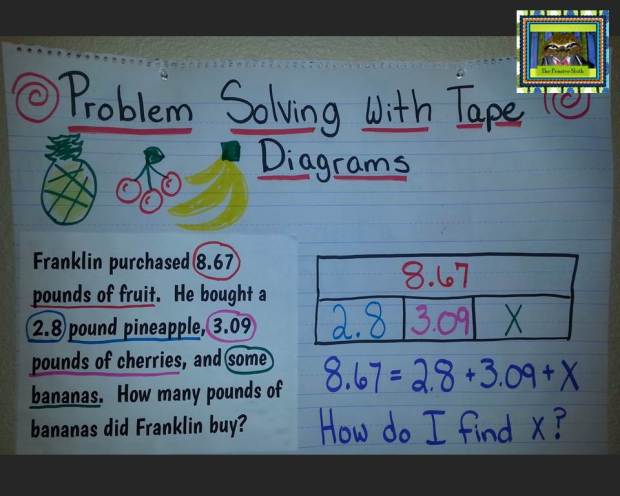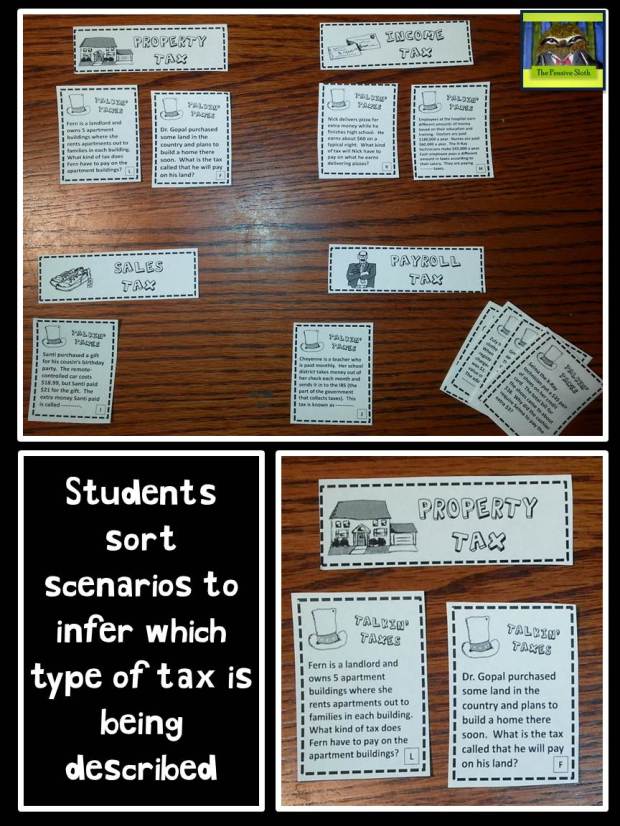Spiral review. When I think about spiraling through skills, math is the first thing that comes to mind. But daily review isn’t just for math, it can also be very powerful for science! Students need repetition and multiple opportunities to engage with content and vocabulary if we want them to hold onto the concepts we are teaching. Here’s an idea for adding a little spiral review to your science routine.
- Give students a copy of this recording sheet. It’s free to download, just click here. There are 5 spaces, one for each day of the week.
- Display a photo of matter. This can be anything! Just do a Google search and show a photo of salt, copper pennies, an iron nail, a helium balloon, a wood popsicle stick, a plastic fork, etc.
- Let students talk with a partner and fill out the chart for that type of matter, discussing magnetism, physical state, relative density, solubility, and conductivity.
- Finally, share and discuss as a class, having students make corrections on their chart.
If you don’t want to make copies, you can just make an anchor chart with the questions and have students create the chart on a sheet of notebook paper or in their notebooks. My suggestion is to have them do this in their science notebooks for 2 weeks straight. Then, once a week for a while. I think if you did this every day, all year long, it would get old really fast! Something like this–
Go forth and teach science!
–The Pensive Sloth
Here comes a shameless plug…If you are interested in a version of this that includes 30 slides of different “matter,” a teacher answer key, and several recording sheet options, you’re in luck! I’ve got one at TPT and you can find it HERE. There’s also a challenge question on each slide to get students thinking, and a version of slides as task cards so you can put it in a science station.






















